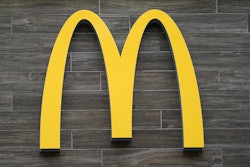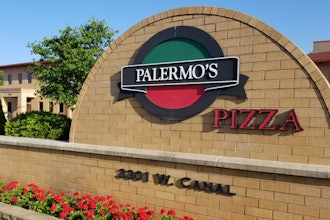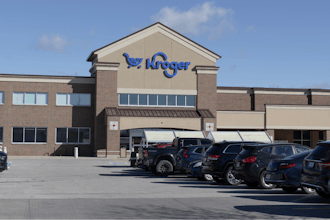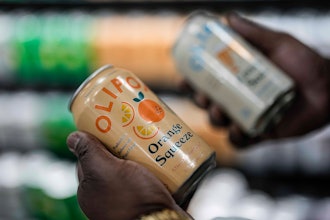Food manufacturing involves multiple institutions and businesses involved in the production, processing, packing, and delivery of food products to the intended consumers. A misstep in the whole process, whether due to negligence or non-compliance to safety regulations and processes, can render food products unfit for consumption can cause foodborne diseases and losses to the business and negative impact to company reputation.
Commonly Overlooked Food Safety Procedures
Ensuring food safety at every step of food manufacturing helps ensure profitability to the business and safe food for the consumer. Here are food safety manufacturing procedures that are commonly overlooked:
1. Handling
It starts with the employees involved in food manufacturing. Employees need to be trained on proper use of personal protective equipment, sanitary handling of products and use of equipment, and how to properly execute tasks. Awareness on food allergens and sources of contamination should be included in food safety trainings as well. Apart from knowledge on food handling, employees should also know about proper mitigation should there be a breach in food safety. Refresher trainings and regular audits should be implemented to help empower employees with the continuous compliance with proper food handling.
Practicing proper food handling will not only promote food safety but also comply with food safety standards, helping companies get certified for recognized food safety standards.
2. Storage
Proper food storage means the ideal space for storing food to keep it safe until consumption. Keeping a space fit for food storage involves keeping the food free of physical, chemical, and biological hazards that will render the food product unfit for the intended consumer. The ideal temperature for storage should also considered to mitigate the propagation and spread of biological hazards. Storage facilities should be regularly checked to ensure that it is still the ideal environment for food storage.
Proper food storage also involves transportation of goods. Cold chain for keeping goods at a recommended temperature range should ensure that the ideal temperature and environment is kept at constant to keep products safe from hazards until delivery.
3. Disposal
Food manufacturing creates wastes that need to be properly treated and disposed. On-site and off-site treatment of wastes from food processing facilities should be inspected to ensure they are still effective in keeping hazards in check. Employees should be trained with the proper disposal of wastes and sanitation procedures to stop the spread of food hazards. Proper disposal of food manufacturing waste also involves complying with legal requirements to avoid litigation and damage to business reputation.
Environmental impact is of critical consideration when it comes to food manufacturing waste disposal. Environmental damage should be assessed to mitigate the impact of waste disposal coming from the global industry of food manufacturing.
Ensuring compliance with food safety measures can lead your business to increase profitability, boost productivity, promote food safety, and adhere with legal compliance which prepares for certification for an international food standard like ISO 22000, FSSC 2200, and HACCP. Following food manufacturing standards not only prepares businesses for certifications but also opens business opportunities with organizations that follow and require the same standard from partners.
Erick Francisco is a content writer for SafetyCulture, a software company that enables businesses to perform inspections using digital checklists.






















